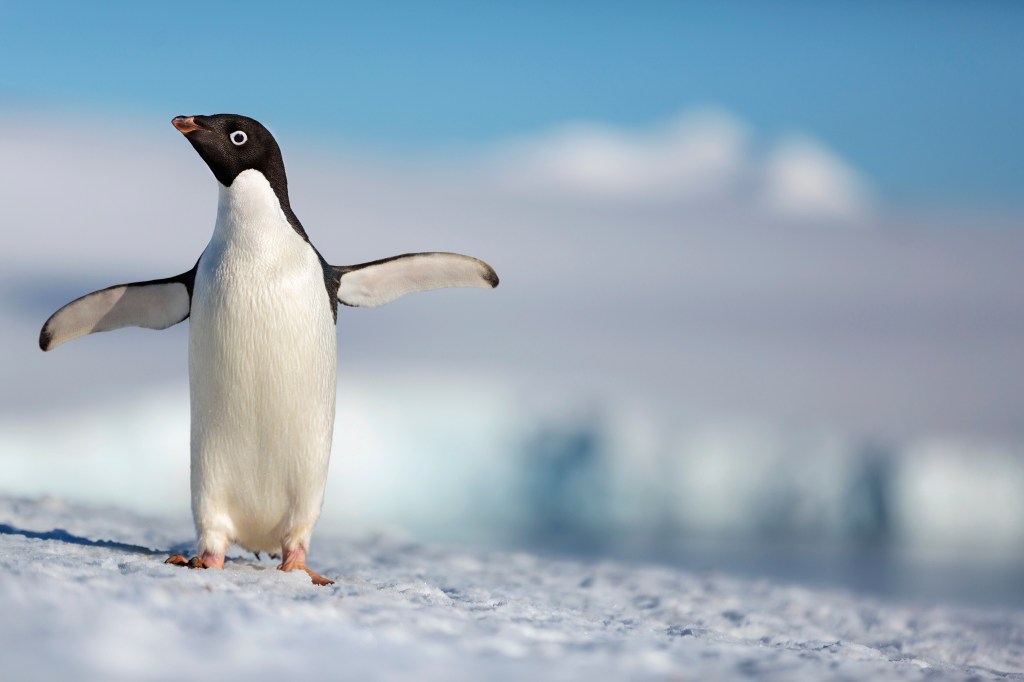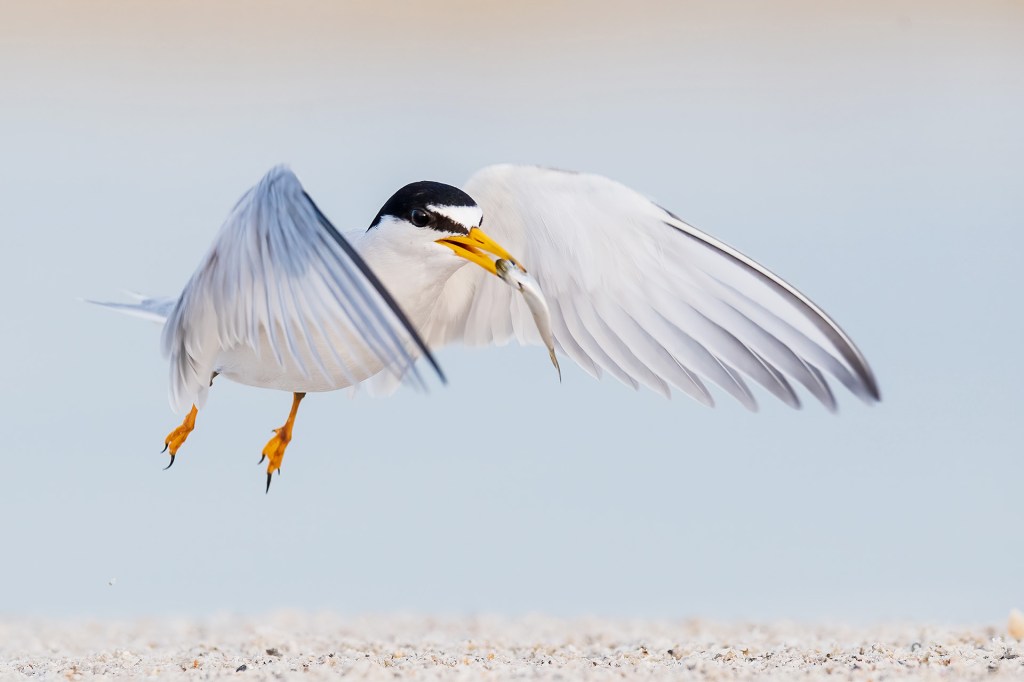Counting Penguins
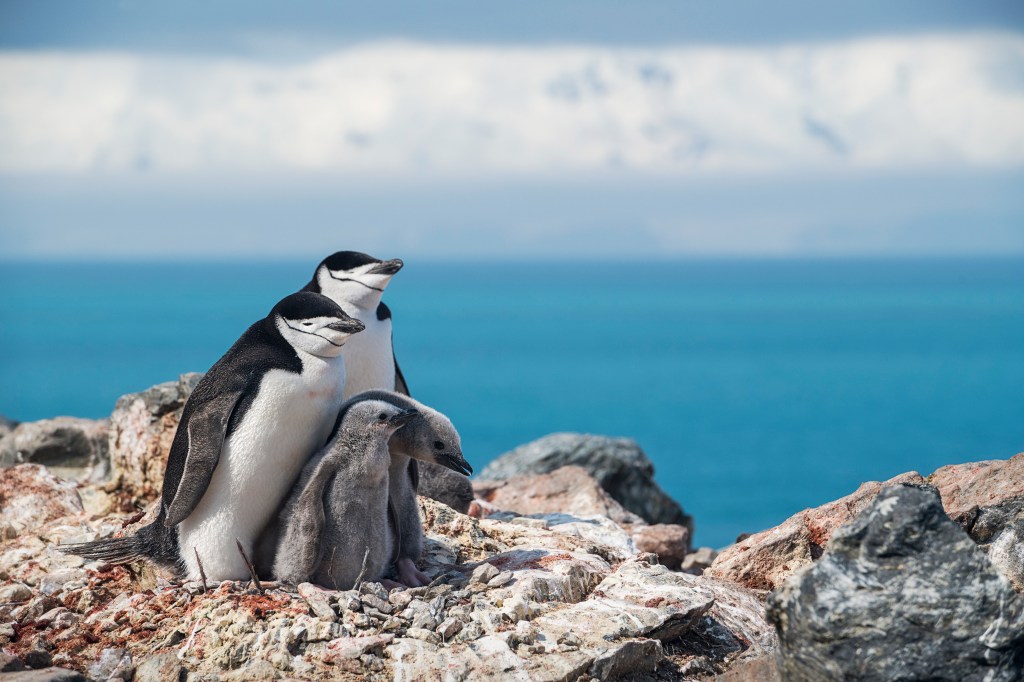
Click. Click click. Click. Steve Forrest is in Antarctica. He’s standing on a rocky cliff. Below him are hundreds of chinstrap penguins.
Forrest is a biologist. He uses a metal clicker to count every penguin he sees. It’s not easy. It’s snowing. The wind is howling. And the fluffy chicks won’t stay still!
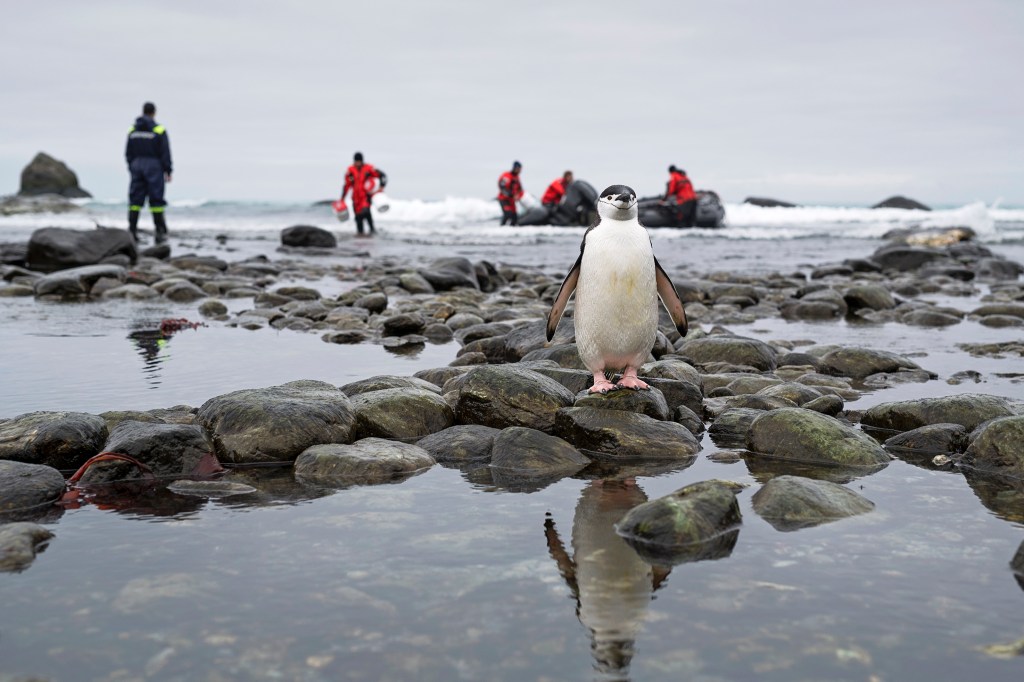
Chinstrap penguins are named for the black band that runs around their throat. Can you see it?
CHRISTIAN ASLUND—GREENPEACEForrest is part of a team working on a penguin census. The census will help scientists better understand the Antarctic environment.
Over the years, the number of chinstrap penguins in Antarctica has gone down. “Our best guess on why that could be is climate change
climate change
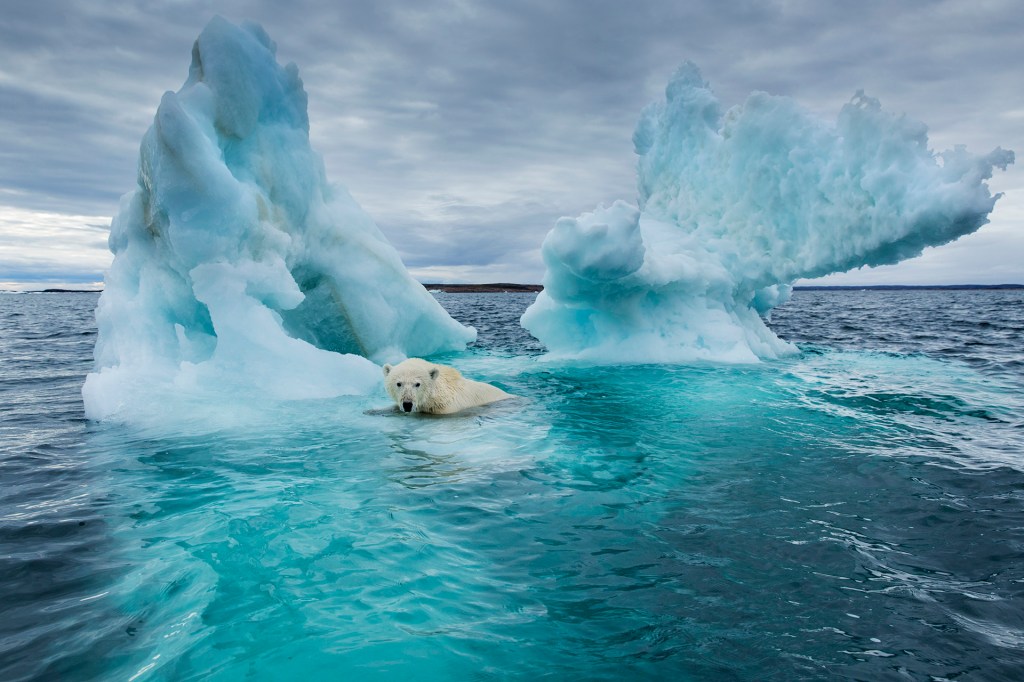 PAUL SOUDERS—GETTY IMAGES
changes in the Earth's weather patterns
(noun)
The sea ice that polar bears hunt from is melting due to climate change.
,” Noah Strycker says. He’s on the census
census
PAUL SOUDERS—GETTY IMAGES
changes in the Earth's weather patterns
(noun)
The sea ice that polar bears hunt from is melting due to climate change.
,” Noah Strycker says. He’s on the census
census
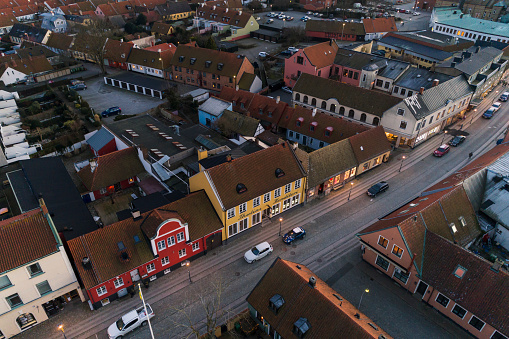 JOHNER IMAGES/GETTY IMAGES
an official count of a population
(noun)
According to the last census, 412 people live in the town.
team.
JOHNER IMAGES/GETTY IMAGES
an official count of a population
(noun)
According to the last census, 412 people live in the town.
team.
Scientists say climate change is making the ocean warmer. This may be hurting krill. Chinstraps eat these tiny shrimplike creatures. But krill are hard to study. So scientists focus on penguins. If penguins aren’t doing well, it probably means krill aren’t either. “Penguins give us an idea about what is going on in the ocean around us,” Forrest says.
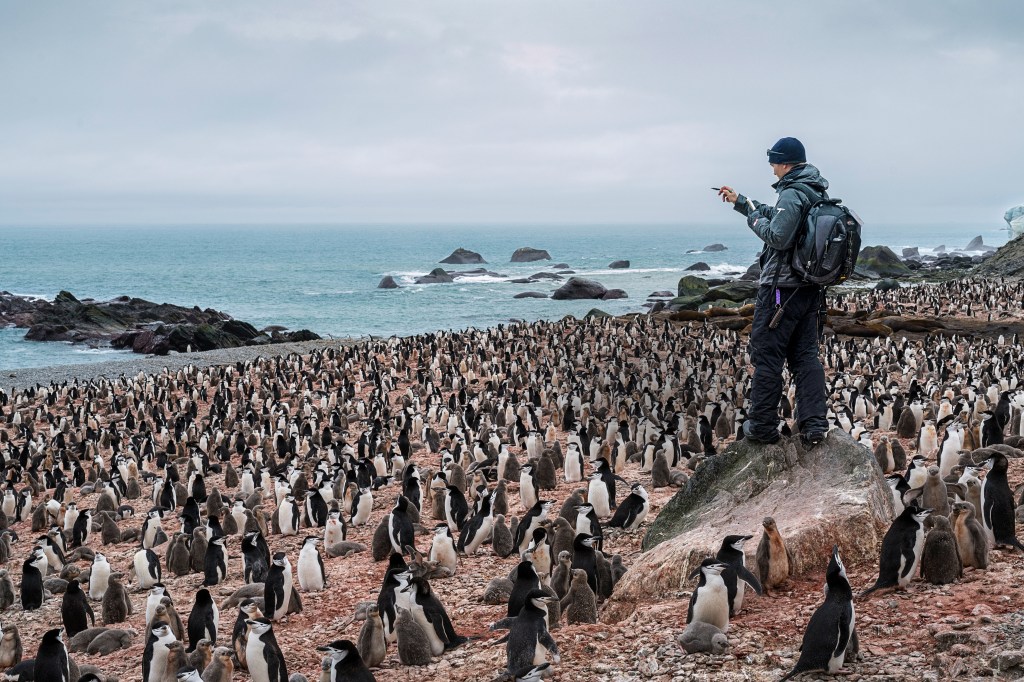
Drone Solution
This year, robotics engineers are helping Forrest with the penguin census. They fly a drone over the penguins. The drone takes pictures. Forrest’s team will use the photos as a record of each colony’s
colony
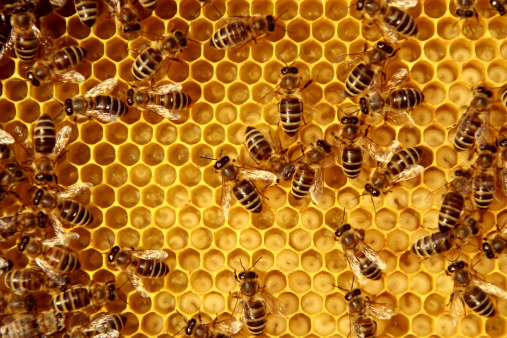 FLORINTT—GETTY IMAGES
a group of the same people, animals, or plants living together
(noun)
The bees live in a colony.
location and size. It will also use the photos to teach computers to spot penguin nests. That way, computers could one day use satellite cameras to count penguins. For now, Forrest and his team will keep on clicking.
FLORINTT—GETTY IMAGES
a group of the same people, animals, or plants living together
(noun)
The bees live in a colony.
location and size. It will also use the photos to teach computers to spot penguin nests. That way, computers could one day use satellite cameras to count penguins. For now, Forrest and his team will keep on clicking.





